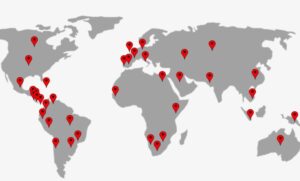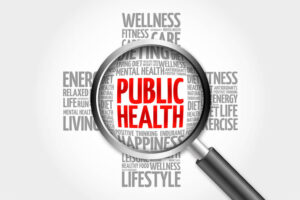Mechanisms of hypoxemia in COVID-19 pneumonia include pulmonary inflammation, alveolar collapse, atelectasis, and pulmonary intravascular coagulopathy due to hyperinflammatory response to SARS-CoV-2 infection. Combined systemic corticosteroids and other immunomodulatory agents are widely applied as standard treatments for hospitalized COVID-19 patients after several studies have shown favorable outcomes. However, such approach may be not feasible for low to middle income countries. Differences in dosing and timing of corticosteroid use may affect the outcome of COVID-19 patients. Inappropriate use of corticosteroids and other immunomodulatory agents can lead to less benefit with potential harmful adverse events. Serious adverse events associated with the use of corticosteroids and immunomodulatory agents such as superimposed bacterial and/or fungal infection have also been observed. The tailoring and selection of different types of corticosteroids and other immunomodulatory agents in different COVID-19 patients may be useful and cost-effective in low to middle income countries. Therefore, in this article, we reviewed current evidences of corticosteroid and immunomodulatory agent usage in COVID-19 patients and suggested the strategy for tailoring such medications according to clinical severity and risk of the patients.

- Society

Membership
Support our mission by becoming a member

Public Health Policy Center
Explore the society's public health initiatives

Meet the community
See what our members have been working on
- Journal
- Author Center
- Membership